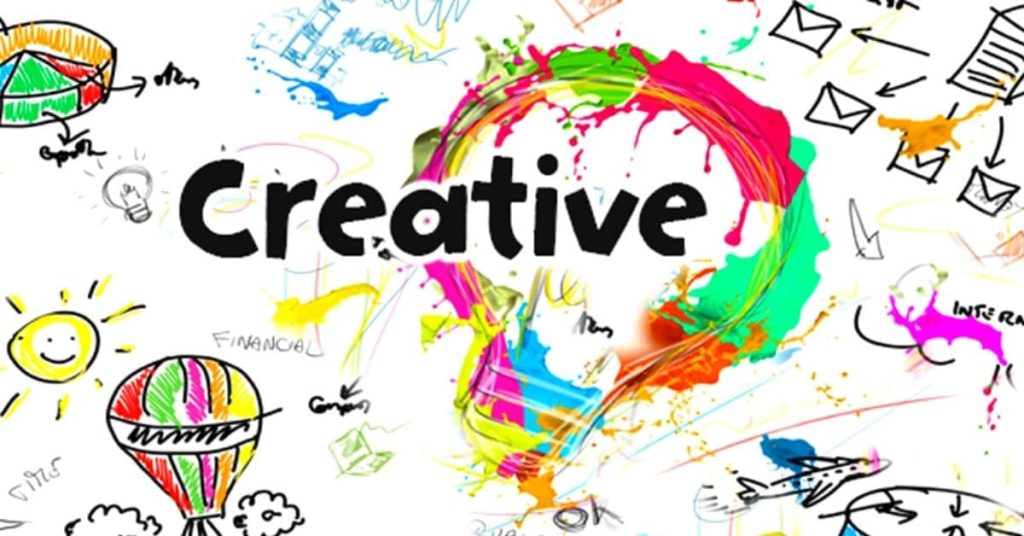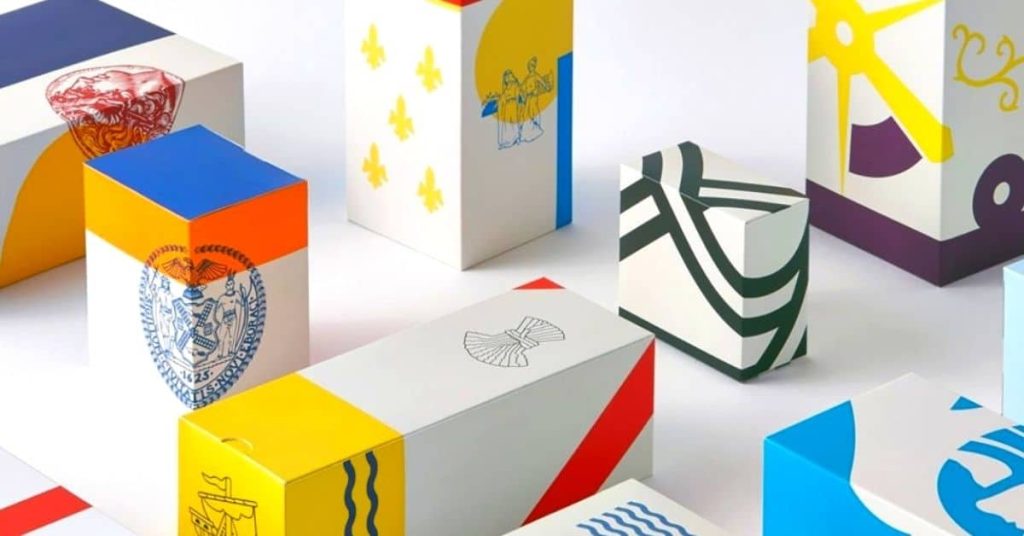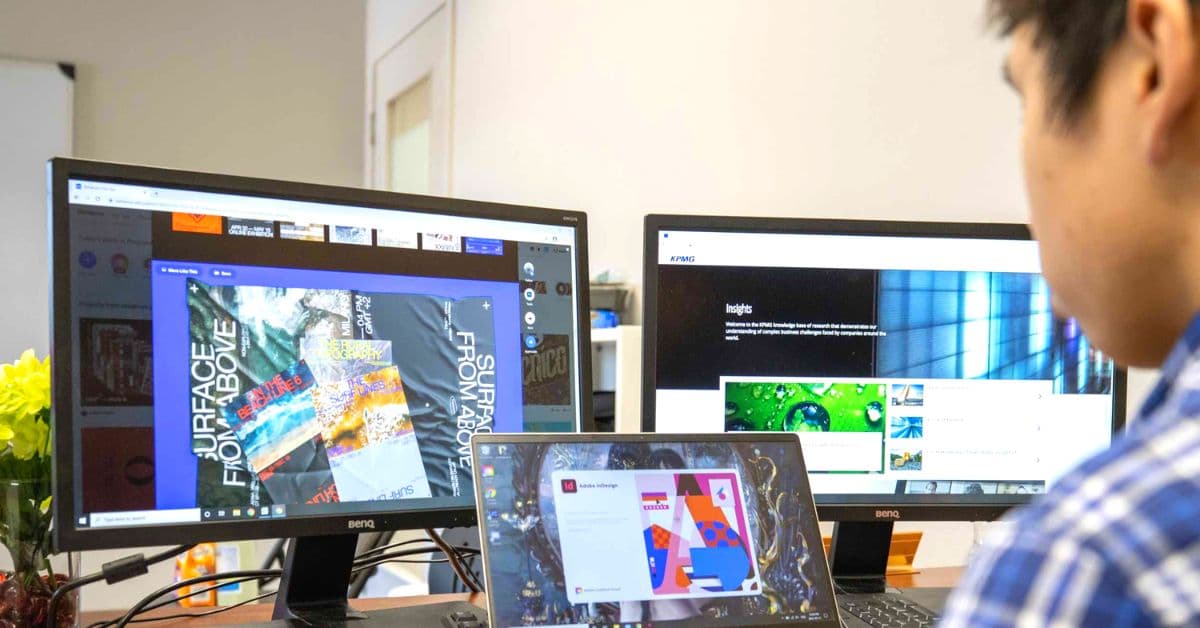What Are Graphic Designers?
The journey toward becoming a graphic designer is by providing some information about what and who are graphic designers.
To begin, who is. There is a thought in your mind of what graphic designers are and what they appear like. However, forget about the stereotypes and clichés. A graphic artist is anyone, and anyone could be a graphic designer. The industry of design is filled with people from every walk of life.
All right, it’s fine. What exactly is graphic design? This is the most important thing you need to understand to be one. Graphic design is the efficient visual communication of concepts or ideas.
That is, to be a graphic designer, you need to be able to gather information and transform it into something that is visually appealing or graphic. To further break it down it is that the information typically comes in the form of a brief of a customer and the thing that is visually or graphic could be numerous things. We’ll break these down in detail later.
As we mentioned earlier, graphic designers are all visual communicators, but graphic designers could also be a variety of various things! Designers are the ones responsible for designing all kinds of things that we encounter as well as use on a regular basis. These include branding, advertisements magazines, apps packaging, logos, packaging maps, books, and websites.
The list could continue for many more pages, but we believe you’ve got the idea. Graphic designers are those who produce products that can simplify our lives in various ways.
Why Becoming One Is A Good Idea

If you’ve made it this far, you’re probably still interested in becoming graphic designers after you’ve read the definition of what they are and what they do. We’ll explain the reasons why becoming a graphic artist is a great idea and what you can get from the new job.
First, it’s the people. Whatever your place of work as a graphic designer you’ll be working with amazingly talented people. If you work in a studio, or in-house, you’re bound to be a part of a family from the moment you begin working.
Additionally the fact that as a graphic artist isn’t limited in the realm of graphic design. You can be a UX or UI designer, or an artist as well as a motion designer, or concept artist. There’s no limit to these, but here are other jobs that you could do as a graphic designer who is creative.
Don’t let this make you feel like you’re not qualified to be a graphic designer, but the majority of graphic designers adhere to their jobs! Even this offers plenty of freedom throughout your professional career.
Graphic designers may work in design studios or an agency, they may work in-house for a business (everyone in the world from insurers to advertising agencies has internal designers) or they may freelance and be independent!
Learn Graphic Design With Online Courses
In the present day, we live in a time when a degree earned from an elite university does not necessarily assure that the individual who has it can do good work. In many fields of arts and design clients and employers put more importance on your resume than depending on where you went to school. In the end, the possibility of skipping college entirely and learning graphic design via self-paced online programs is growing more and more popular each day.
Furthermore, there are plenty of opportunities to study graphic design on the internet. There are many free resources available online to learn all kinds of things, including how to become a graphic designer. The majority of online courses provide excellent value for cost, allowing students to study at their own pace, and at less than the price that you would pay for traditional college courses.
How To Become A Graphic Designer
Now you know what is it to become a graphic designer, and the incredible benefits the profession of graphic design can bring. Let’s get down to business and talk about how you can become a graphic designer. In particular, what will you have to learn and the things you’ll have to learn.
Learn Graphic Design Principles

In order to become a graphic designer, you must first have a good knowledge of the fundamentals that guide graphic designs. Designing a good product is meticulously crafted. It takes an extensive amount of planning and requires experience in the application of the theory of design and its principles. Graphic Designers must consider aspects like lines and shapes, color as well as texture, space typography, size, dominance, emphasis, and harmony. Each of these factors affects the design and influences the way an audience perceives.
Enroll In a Graphic Design Course
Graphic design courses teach you the basics of design and help improve your skills by creating projects. Graphic design classes will provide you with colleagues and mentors who can be very helpful when you expand your network. Graphic design courses typically focus on topics such as typography, color theory layout, as well as tools and software for graphic design. Based on the degree some classes will instruct you on graphic design’s history as well as user experience(UX) and web design concepts.
There’s a wide range of alternatives available, ranging from structured academic courses to online classes which offer greater flexibility. Choose one that is compatible with your schedule and your learning style.
Get the Right Tools
As with any other occupation in the field, to be a graphic artist, you’ll need the appropriate tools to complete the task. Before you begin your journey toward becoming an artist, it’s crucial to acquire a grasp of the tools you require. These tools can be described as actual devices and software programs that you can install on your computer.
The tools? A designer’s most trusted friend will be their laptop. The standard for designers will be an Apple Mac, either an iMac or MacBook Pro, so picking either of those is the most effective option. However, if Windows is your preferred OS, then you’ll likely be able to use Windows as well.
Although not essential, having a tablet, a great digital camera (even on a mobile) and a drawing tablet like Wacom Wacom can be a huge help when you are looking to become a graphic artist. Of course, a notebook or sketchbook along with your favorite pencil or pen can prove very handy. Particularly for tasks that require quick attention, like brainstorming, thumbnailing, or sketching.
Design and layout are the design of images and text (type and art) on an image or a screen. It’s what you’ll find on the front and the backside of business cards along with brochures, flyers, posters publications, booklets menus packaging designs, such as containers for products and labels for cans and bottles. Designers must keep in mind the balance between creativity, functionality, and readability. For instance, an advertisement that is too full could make it difficult for readers to comprehend, whereas one that is too tinny might not be able to draw attention.
Work On Your Own Projects

Once you’ve mastered the basics of the fundamentals of graphic design as well as tools now is time to get to work. A great way to improve your capabilities and master the software for graphic design is to start working on your design ideas. In order to begin creating mock advertisements and logos for companies that are real or fake. You can also look at the existing logos of a company and create a fresh style This is the best way to learn about and create designs for specific audiences. One alternative is to work for local non-profits or companies. Give your skills in design to these organizations to can improve your skills and also get real-world experience.
Develop a Portfolio
A solid portfolio is crucial for every Graphic Designer. Portfolios can contain projects you have completed as part of a course or personal or professional projects. Concentrate on quality rather than quantity. The portfolio you present is the first thing prospective employers or customers will get, so choose works that demonstrate your skills in design and your interests.
What should you include in Portfolios?
If you don’t already have graphic-design projects to show but don’t worry! Start building your portfolio on your interests and your strengths. Clients and colleges like to observe your process of design. It is possible to include multiple concepts and sketches of an idea and the strategy to create and design the best design. Include graphic design mockups when you are submitting an application to a potential client. However, this isn’t required when you submit a portfolio to an institution of higher learning. It’s okay to include drafts or sketches which have not been seen by anyone before. Do not include designs you’ve re-created. Clients and college admissions officials want to see your original thoughts and concepts. If you design and incorporate designs that are inspired by other artists, make sure you design it yourself and use their work to use as a source.
How to make use of Social Media in your Portfolio
Social media is a fantastic way to gain feedback on your work prior to making it available in your portfolio. Graphic designers use social media accounts to showcase their work, receive informal feedback from colleagues working in the field, and become known to prospective employers and clients. Social media lets you build a network and is easily accessible to a larger audience should you decide to work as an independent graphic artist.
Portfolio as a Living History
When you have more experience in college and work As you progress through your professional and college years, you’ll begin to observe how your initial style and influence have grown and changed as you gain knowledge. It’s helpful to save older work or to keep old portfolios to look back over them. When you look back at older work, you will be able to observe where you’ve improved and also how you’ve evolved to become an artist.
How to Create a Portfolio
If you’re not sure what to do to begin your portfolio there are many templates to choose from on the internet. Making a website that showcases your talent as an artist as well as your work is a fantastic option to build a sort of portfolio, too. Explore your options on websites such as Pinterest, JUST Creative, and Adobe.
Be Creative

The first step is a straightforward one. If you’ve already made it this far, then you’ve already accomplished it! The first step in becoming a graphic artist is to be innovative. Graphic design is a very creative job, so you’ll need to be able to think up tons to become a graphic designer.
Certain people have inherent creativity. Others develop it as they age. Some people don’t even discover their own until they’ve been in working for a long time! But it doesn’t matter how you discovered your creative side If you’re gifted, then you could be an artist.
Become a Problem Solver
Alongside being innovative graphic designers also need to be problem-solvers. A significant part of being a graphic designer is thinking of graphic and creative strategies for “problems” given to you by your clients.
Of course, graphic design isn’t the only profession that requires you to think of solutions, and you’re comfortable with it. It could also be a natural thing for you! It’s not commonplace to arrive at work on the first day of your career as a graphic designer and answer all questions, however, it’s important to know how to tackle a challenge with a straight face.
To develop into one who isn’t worried when faced with a dilemma, all you have to do is do practice, practice, and practice! This could be everyday life. For instance, you can look through your refrigerator and see what’s there. Instead of going to the market to buy something else, you can solve the issue by making something with the ingredients that you have already. Do these every day, and being a problem-solver will become an automatic process for you.
Choose an Area of Specialization
Graphic designers typically choose between two choices that are the generalist, who is experienced in various types of design work, and the expert who concentrates on a particular subject. A lot of designers opt to specialize due to the fact that they prefer one kind of work more than the other and won’t spend their time developing their skills in their chosen field. Some prefer to specialize due to the fact that they feel it’s more lucrative or helps the creation of a larger customer base.
A few of the specializations include:
- Brand Identity and Logo Design
- Environmental Design
- Layout and Print Design
- Marketing and Advertising Design
- Packaging Design
- User Interface Design
- Web and Mobile Design
Brand Identity and Logo Design

The visual identity of the brand is the representation of a company or person or product. The elements of a brand’s identity are logo style colors, fonts, color schemes, typesetters, as well as visual styles like the illustration. The brand’s identity must be distinctive and memorable – it should be a clear and concise illustration of what the company or individual’s mission is.
The graphic designer who is specialized in designing brand identities is concerned with creating a unifying image at the start of a design project. This is to ensure that fonts, colors, and images are one cohesive unit.
Environmental Design
The layout of the space that people work in, shop, or just visit is referred to as an environmental design. It can refer to retail stores or showrooms, galleries and museums and office spaces entranceways, storefronts and storefronts (known as signage for buildings) and vehicle wraps (or livery for vehicles) and window display benches, and bus stops (street furniture) restrooms, fixtures, and signage; as well as public spaces outdoors, such as plazas, parks, and community halls.
Marketing and Advertising Design
Advertising designers are focused on selling their products or services via printed or digital media. The designer may employ images, text, photos or video clips, animation, and more to advertise the product or service in a fun way that grabs people’s attention and prompts them to find out more about it. The designer is often working closely with the client as well as other members of the creative team in ads, which could include billboards, print ads and commercials broadcast on radio and TV (TV as well as radio), and banners for websites.
Packaging Design

The packaging design professional is focused on the way a product appears when it’s on a display shelf. This could include the shape or silhouette of the item along with the texture, color, and even as well as the labels or images that are displayed on the product. Packaging design is not only containers that hold it (such as a bottle to hold shampoo or cereal container) as well as any other packaging materials, such as labels and stickers or ribbon bookmarks that are found in books, anything which helps to sell the product through announcing information regarding price, the brand’s logo and name and other special attributes.
User Interface Design
An interface for users is a set of controls and indicators that permit users to interact with machines particularly computers and appliances in the home. This includes computer desktop icons as well as software buttons and windows, and touchscreens for mobile devices, such as tablets and smartphones.
User interface designers work together with the computer programmer and other technical staff members to assure those design elements and computer code function in conjunction to fulfill the needs of the users (which could include gaining and keeping the attention of customers, increasing brand recognition, and boosting sales conversions).
Web and Mobile Design
A mobile or web designer is responsible for the design and feel of web pages and apps. The primary focus of the designer is creating an attractive user interface that incorporates images, text, sound animation, and anything else users might be able to see when making use of a web-based or mobile application. The designer should also concentrate on how users navigate through an app or website by determining the best places for important elements like navigation, logos, and search bar must be displayed.
Graphic Designer Salary
Graphic designers’ salaries can be based on an educational level as well as experiences in the field, design experience, and experience with tools and software for graphic design as well as the location of the employer. the kind of employer.
- Graphic designer assistant -$77,000
- Senior Graphic Designer — $68,560
- Advertising –$55,800
- Book designer — $60,911
- Web designer — $58,517
- Motion graphics designer –$65,691
- Package designer — $59,901
- Typeface Designer — $64, 307
